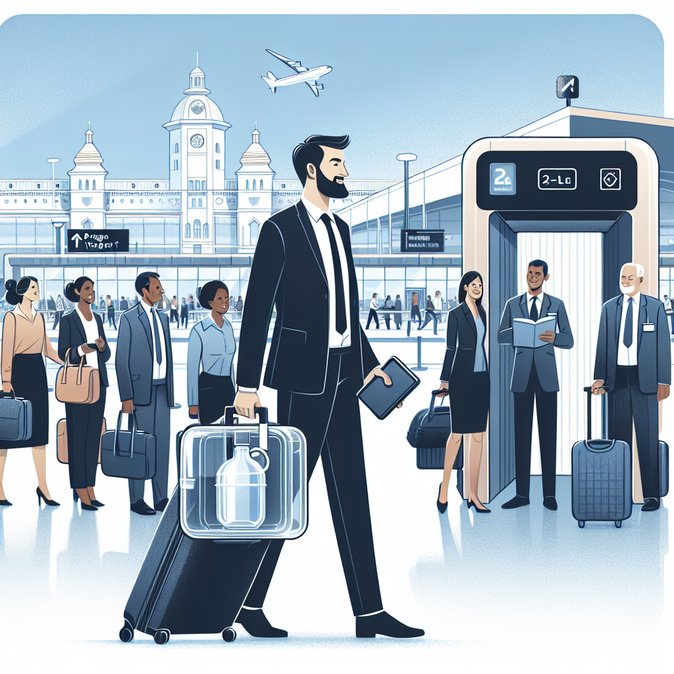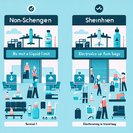
Václav Havel Airport Prague has quietly introduced one of the most passenger-friendly security regimes in the Schengen Area. From 1 October 2025, travellers departing from Terminal 2 (intra-Schengen flights) may carry one additional container of liquids larger than 100 ml—up to two litres—alongside the usual one-litre bag of small containers. The change is made possible by six new computed-tomography (CT) X-ray scanners that can analyse baggage in three dimensions, eliminating the need to take out laptops or toiletries at the checkpoint.
For executive flyers and corporate mobility managers the upgrade is more than a comfort factor. Prague has become a regional hub for Central-European road-warriors who route through the Czech capital to avoid the congestion at Frankfurt and Vienna. Airport operations director Martin Kučera says average security-queue times in Terminal 2 dropped below three minutes during the summer pilot, boosting on-time performance for the morning bank of business flights.
Security policy still differentiates between Schengen and non-Schengen traffic. Terminal 1, which handles long-haul and third-country flights, maintains the strict 100-ml limit because outbound travellers must comply with global liquid-ban standards at their onward destinations. Nevertheless, the airport plans to purchase two more CT scanners in 2026; once deployed, authorities will evaluate whether similar relaxations can be extended to intercontinental gates without breaching ICAO guidance.
From a compliance perspective, the Czech Border Police have issued an internal note reminding companies that staff must not decant duty-free spirits into a single two-litre bottle, as the ‘one-large-container’ rule applies per person. Relocation providers are advising expatriates to keep receipts handy at transfer security points within the Schengen Area until other airports adopt Prague’s model.
The move underscores a European trend towards risk-based, technology-enabled screening—good news for multinational employers juggling tight itineraries and the well-being of frequent travellers.
For executive flyers and corporate mobility managers the upgrade is more than a comfort factor. Prague has become a regional hub for Central-European road-warriors who route through the Czech capital to avoid the congestion at Frankfurt and Vienna. Airport operations director Martin Kučera says average security-queue times in Terminal 2 dropped below three minutes during the summer pilot, boosting on-time performance for the morning bank of business flights.
Security policy still differentiates between Schengen and non-Schengen traffic. Terminal 1, which handles long-haul and third-country flights, maintains the strict 100-ml limit because outbound travellers must comply with global liquid-ban standards at their onward destinations. Nevertheless, the airport plans to purchase two more CT scanners in 2026; once deployed, authorities will evaluate whether similar relaxations can be extended to intercontinental gates without breaching ICAO guidance.
From a compliance perspective, the Czech Border Police have issued an internal note reminding companies that staff must not decant duty-free spirits into a single two-litre bottle, as the ‘one-large-container’ rule applies per person. Relocation providers are advising expatriates to keep receipts handy at transfer security points within the Schengen Area until other airports adopt Prague’s model.
The move underscores a European trend towards risk-based, technology-enabled screening—good news for multinational employers juggling tight itineraries and the well-being of frequent travellers.









